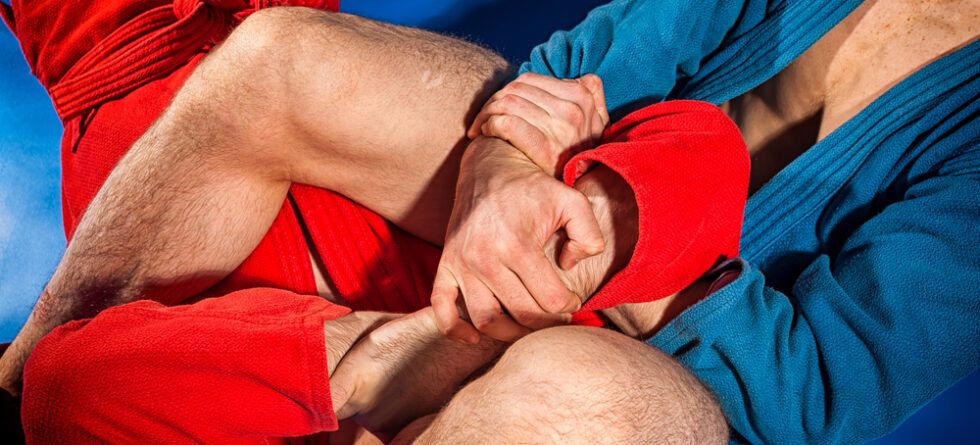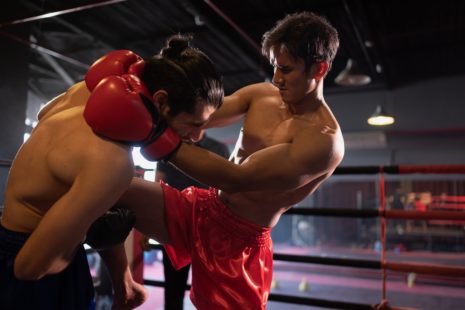Heel hooks are a submission technique commonly used in Brazilian Jiu-Jitsu (BJJ) and other grappling martial arts. When applied correctly, heel hooks can cause significant pain and potential injury to the opponent’s ankle and knee joints.
However, whether heel hooks hurt in BJJ depends on several factors…
- Controlled Application – In a controlled training environment with skilled partners, heel hooks can be applied safely and gradually to allow the opponent to tap out before experiencing significant pain or injury. Proper control and technique are essential to minimize the risk of injury during training.
- Sensitivity and Tolerance – Individuals vary in their sensitivity to pain and their tolerance for submission techniques such as heel hooks. Some practitioners may have a higher pain threshold and be able to withstand the discomfort associated with heel hooks, while others may tap out quickly to avoid injury.
- Level of Force – The amount of force applied during a heel hook can influence the level of pain and potential for injury. Excessive force or sudden jerking movements can increase the risk of ligament and joint damage, leading to more severe injuries.
- Awareness and Tap-Out Response – BJJ practitioners are trained to recognize the signs of a submission hold and tap out (i.e., tap the mat or their opponent) to signal surrender before sustaining injury. Effective communication and mutual respect between training partners are essential to prevent unnecessary pain and injury during sparring or rolling sessions.
- Leg and Ankle Conditioning – Regular training and conditioning of the legs and ankles can help improve flexibility, mobility, and strength, reducing the susceptibility to injury from submission techniques such as heel hooks. Strengthening the muscles and ligaments around the ankle and knee joints can provide additional support and stability during grappling exchanges.
While heel hooks can be painful and potentially injurious when applied with force or inappropriately, they are a legitimate technique in BJJ and other grappling arts when practiced safely and responsibly. It’s essential for practitioners to train under the supervision of experienced instructors, communicate effectively with training partners, and prioritize safety and injury prevention during sparring and competition. If you’re uncomfortable with heel hooks or any other submission technique, you should communicate your preferences with your training partners and instructors to ensure a positive training experience.




